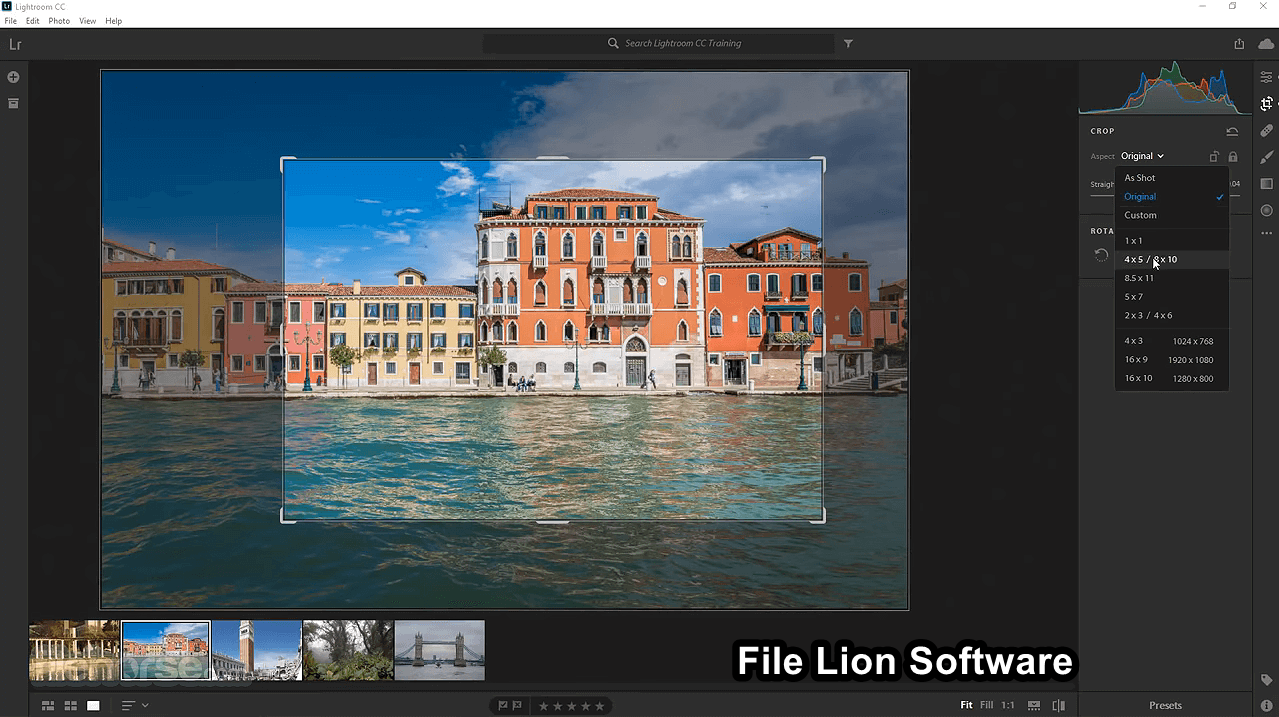

When you import new images from a memory card into your Adobe Lightroom Library, all of your new photos are automatically uploaded to Adobe’s servers. Adobe Lightroom users will not need to invest in additional storage again and again because almost nothing is stored locally. One the other hand, those working with Adobe Lightroom (cloud-based), will not need to buy additional hardware as their image library grows. With Adobe Photoshop Lightroom Classic, you will ultimately run out of file storage space and reach the point where you must purchase a new computer or a bigger external hard drive.įor Adobe Photoshop Lightroom Classic users, the need for increased hard drive storage space is inevitable as your image library grows larger and larger. Where you choose to keep your new photos is completely up to you when you are working with Adobe Photoshop Lightroom Classic, but ultimately, each new image that you add into your system uses up some portion of your hardware’s total file storage space. The place where you put your photos, which Adobe Lightroom Classic’s Import Dialog calls the ‘Destination’, can be either on an external hard drive or your computer’s internal hard drive. With Adobe Photoshop Lightroom Classic, you must specify a storage location for all of the new images that will be copied off of your camera’s memory card as you import these files into your Adobe Photoshop Lightroom Classic Catalog.

Adobe Photoshop Lightroom Classic Import Dialog Scenario I: Let’s say that you want to add a bunch of new images from a memory card into your computer and your image library.
Photoshop lightroom classic full#
First, let’s examine what happens when you return home with a memory card full of new photographs and then we will look at what happens if your computer is destroyed in a catastrophic disaster.

Let’s look closely at two different scenarios to help you grasp what a difference file storage makes with these two programs. Adobe Lightroom Adobe Photoshop Lightroom Classic Adobe Lightroom users do not need to purchase any additional hardware as their image library grows because all of their photos are automatically uploaded to Adobe’s servers for safekeeping. store their photographs for them on Adobe’s servers. Those who choose Adobe Lightroom (cloud-based), on the other hand, are comfortable letting Adobe Inc. Those who choose Adobe Photoshop Lightroom Classic are intentionally choosing to design and implement their own file storage and backup systems. Their own hardware in this context means computers, external hard drives, or Network Attached Storage devices that each individual Lightroom Classic user must purchase and maintain. Those who choose to use Adobe Photoshop Lightroom Classic are choosing to store their digital photographs on their own hardware. Both types of Lightroom excel at organizing a large volume of digital photographs and both programs utilize Adobe’s cutting-edge raw image processing technologies.īeneath the surface though there is an enormous difference in the way that these two programs operate and that difference comes down to file storage. These two products share a common name and a similar purpose. Now, after a couple of rebranding efforts, there are two very different products on the market for serious photographers: Adobe Photoshop Lightroom Classic and Adobe Lightroom (Cloud-Based).

A decade later, in the fall of 2017, Adobe chose to break this product up into two very different animals to reflect the growing divide in image storage technology. first introduced a professional-grade program specifically for photographers called Adobe Lightroom way back in the winter of 2007.


 0 kommentar(er)
0 kommentar(er)
